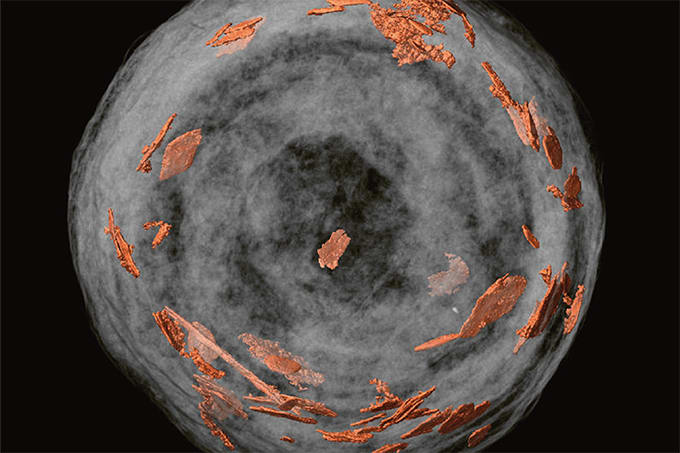
I read the recent communication by Zhang at al. published, in Angewandte Chemie – and described by Bo Zhang in “A Revolution in Chromatographic Performance? Let’s Discuss.” – with great interest. It presents the preparation of a variety of monodisperse, single-micrometer-sized porous beads that can be used as the stationary phase for HPLC. Researchers have been trying to discover this Holy Grail – i.e., strictly monodisperse spherical particles – for several decades.
For example, Stoeber at al. described the preparation of nonporous, monodisperse silica particles via controlled growth by the hydrolysis of alkyl silicates and the subsequent condensation of silicic acid in alcoholic solutions as early as 1968. In the mid-1980, Ugelstad et al. activated monodisperse latex particles with a good solvent, then swelled them with a polymerization mixture to the desired size, and then polymerized them. This method was soon commercialized in Norway. Many papers on this topic have been published since then.
In fact, some of these stationary phases are now available from the leading chromatographic companies. For example, Eichrom Technologies sells columns packed with monodisperse nonporous C18 1.5 mm silica beads. Fortis produces various 3 mm monodisperse porous silica particles that bear most of the common ligands. In contrast, ThermoFisher Scientific ProPac 3R ion-exchange column is packed with a strong cation exchange resin produced by the functionalization of monodisperse poly(styrene-divinylbenzene) beads. A deeper dive is likely to reveal even more producers.
Considering these examples, it would appear that the technology published by Zhang at al., at a basic level, does not by itself represent a significant breakthrough. It is another incarnation of the good old vibration-assisted jet breakup. However, the integration of 120 microfluidic devices in a single production unit, with the option of stacking even more units, is certainly new. This gives the technology the potential to be applied for larger scale production.
Zhang and his colleagues observed a decrease in the reduced plate height of chromatographic columns packed with their particles and attributed this decrease to a reduction in eddy diffusion. Similar observations were made by Butchard and Woodruff a couple of years ago. They discussed the effect of all three terms of the Van Deemter equation on the gain in column efficiency but did not attribute the effect to any one term specifically. One thing is certain: the packing quality of columns containing monodisperse particles is superior to that of columns packed with less uniform particles. This is supported by the reduced plate height being significantly less than two.
However, it seems unlikely to me that the particles in the columns are organized layer by layer into grids as beautiful as those seen in micrograph snapshots of specifically prepared monolayers of beads used as targets in SEM. The wall effect alone in the 100 µm capillary can be considered a factor that disrupts the grid.
Overall, chromatographic columns filled with monodisperse stationary phases are clearly gaining in importance. Zhang's jet breakup approach has an advantage over typical batch technologies because it is continuous – enabling the nonstop, 24/7 production of monodisperse particles. Unlike for products of traditional suspension technologies, it also eliminates size fractionation and waste generation. In other words, it prevents loss of particles of undesirable sizes. Whether these monodisperse phases will fully replace the current ones remains to be seen. However, it cannot be ruled out that these columns will eventually compete with emerging technologies such as micromachined chromatographic separation devices or 3D-printed monolithic columns.




